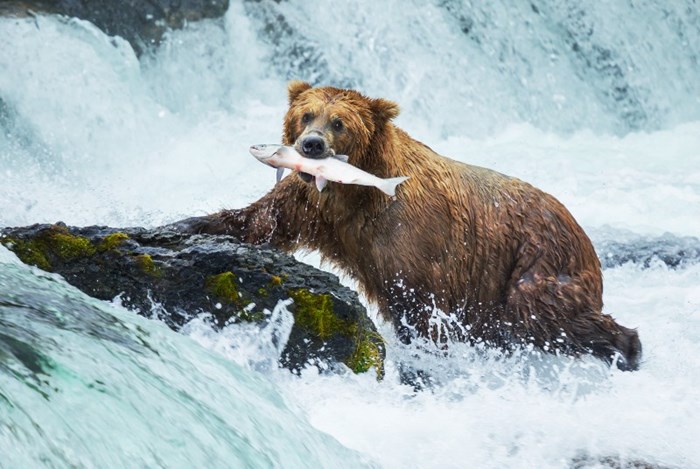Certification contributes to sustainable fish farming
Consumers are increasingly asking for sustainably caught fish and shellfish. To prevent worldwide overfishing, government rules apply to ensure healthy fish stocks and a vital ecosystem.
Whether a company sells fish directly to you on a plate, frozen in a box or served at an event, several relevant certification schemes for aquaculture can prove that the fish is responsibly sourced.
Focus on sustainable aquaculture
Norway is one of the largest seafood exporters in the world. And just like in many other fish producing countries, awareness of sustainability in the aquaculture industry is increasing. Topics such as food safety, animal welfare and pollution problems are becoming more and more relevant.
Lead auditor and certification expert Morten Berntsen from Kiwa Norway notices a stronger focus on sustainable aquaculture by seeing more and more Norwegian aquaculture companies choose to become certified. He explains that there are various reasons for this: “Consumer pressure is of course one of the main reasons for companies to make environmental and sustainability considerations. But also, government regulations and requirements from the supermarket chains and other major purchasers of fish products also has an influence on this.”
ASC and GlobalG.A.P. certification
In the field of aquaculture, ASC Chain of Custody and GlobalG.A.P. are two certification schemes that focus on sustainability. Morten explains: “Sustainability and the external environment are central to both standards, as well as a focus on good fish welfare. In addition, there are, of course, requirements that you must conduct lawful business and comply with applicable regulations.”
Morten continues: “the ASC Chain of Custody and GlobalG.A.P standards define sustainability quite widely. This includes safeguarding the local community, value creation, employee safety and good working conditions. It also includes consideration for the external environment, both emissions globally and locally (where the cage plant is located). Both standards have comprehensive checklists with specific requirements that must be met by the individual certified company.”
Lice problems
Morten has no doubt that the biggest challenges for Norwegian fish farming lie in solving the salmon lice problem and pollution from the cages. Several standards, including GlobalG.AP and ASC, indicate that a plant must be certified and have requirements for maximum pollution and for the maximum number of lice in the plant.
Considerable resources are invested in solving the lice problem. Morten explains: “The Norwegian aquaculture industry currently spends a lot of money on lice control. The effect of moving the fish farms on land or further to sea is tested. New technological solutions have been launched, such as laser shooting of lice. The rapid development of technology is accelerated by the Directorate of Fisheries motivating innovation and providing cheaper licenses to breeders who find new and innovative solutions.”
Kiwa’s global fish certification services
Kiwa certifies large and small aquaculture companies across Europe according to ASC Chain of Custody , GlobalG.A.P. Aquaculture and MSC Chain of Custody. In this way we help companies to radiate reliability and to contribute to sustainable fishing and a good environment for future generations.



